
If you would like to keep in touch, please fill out the form below and I will send you a notification when I release my latest content.
Error: Contact form not found.
When I type RAD on Facebook, lots of thumbs up emoji’s float across the screen. At first I was so confused because RAD is nothing to celebrate. If anything, a sad face or thumbs down emoji should float across the page. Then it dawned on me that Facebook most likely assumes RAD is short for Radical or the 80s slang, “that’s so RAD”. Not in our world, or the world of many parents who have adopted kids with traumatic backgrounds. In our world, RAD is short for Reactive Attachment Disorder. RAD. Despite going through intensive foster parent trainings back in 2005, and having a Masters degree in Counseling from 1994, RAD is not a psychological issue I was familiar with at all. However, that quickly began to change in the latter part of 2006/early 2007. Soon, we would become too familiar with this trauma related issue than we ever wanted to be.
Most people I run into or meet have no idea what RAD is or the behaviors that go with it. In fact, it’s so rare that when I do meet someone who gets it because they live it, we instantly share a connection. So what is Reactive Attachment Disorder? The DSM-V describes it as……
A. A consistent pattern of inhibited, emotionally withdrawn behavior toward adult caregivers, manifested by both of the following:
- The child rarely or minimally seeks comfort when distressed.
- The child rarely or minimally responds to comfort when distressed.
B. A persistent social or emotional disturbance characterized by at least two of the following:
- Minimal social and emotional responsiveness to others
- Limited positive affect
- Episodes of unexplained irritability, sadness, or fearfulness that are evident even during nonthreatening interactions with adult caregivers.
C. The child has experienced a pattern of extremes of insufficient care as evidenced by at least one of the following:
- Social neglect or deprivation in the form of persistent lack of having basic emotional needs for comfort, stimulation, and affection met by caring adults
- Repeated changes of primary caregivers that limit opportunities to form stable attachments (e.g., frequent changes in foster care)
- Rearing in unusual settings that severely limit opportunities to form selective attachments (e.g., institutions with high child to caregiver ratios)
D. The care in Criterion C is presumed to be responsible for the disturbed behavior in Criterion A (e.g., the disturbances in Criterion A began following the lack of adequate care in Criterion C).
E. The criteria are not met for autism spectrum disorder.
F. The disturbance is evident before age 5 years.
G. The child has a developmental age of at least nine months.
Specify if Persistent: The disorder has been present for more than 12 months.
Specify current severity: Reactive Attachment Disorder is specified as severe when a child exhibits all symptoms of the disorder, with each symptom manifesting at relatively high levels.

That’s the psychological definition, but what does this RAD look like in every day life? I thought I’d shared a few things here to help others understand this complex, difficult and exhausting brain illness for all who are involved, including the individual struggling with RAD.
- RAD is Charming and well mannered. Well, sort of. A child with RAD is typically sweet and charming to others. These children are often well loved by their peers and teachers, other family members see them as polite and well mannered and you will often be told by others that they wished their children were so well mannered. It’s how they have learned to get what they need and want. Often, it’s how they survived their trauma. However, this charm is usually used to manipulate others and get them to let their guard down so they can get what they feel they want or need. The charm is not genuine, but a tool for survival but
- RAD is Hyper vigilant to the max. They are often stuck in the flight or flight survival mode of the brain. Their switched turned on during their abuse or trauma and it simply stayed on. These kids are constantly on high alert. Whether they are at school, at home, at the store or anywhere with people, they are always. Watching out for danger and ready to run at any moment. Even if they looked relaxed and as if they are paying attention, they most likely aren’t. This affects their progress and school and maintaining relationships because they have trouble paying attention and trusting they are safe with anyone or anywhere. Big crowds and big cities are the hardest for our son. He is currently at a school that sits in the middle of nowhere. There are horses and cows. There’s a routine. Staff lives on site. He’s relaxed and feels safe. Something he was never able to do while at home.
- RAD is having trouble building true attachments with others. Relationships are built on trust. These children don’t trust anyone or the world because they have been let down and not kept safe. It is easier for them to rely on themselves only. If you depend on another person for your basic needs or even a roof over your head, eventually they will let you down or leave. So instead, they work against building relationships. They have behaviors that will push others away. They lie, steal. Fight, destroy property and many other behaviors that make it difficult for others to want to be close to them. They do this because believing others will stick around is scarier than being on their own.
- RAD is a roller coaster of emotions. If you say up, they say down. If you say yes, they say no. No matter what you do to try to help, it will Not be right. They will be obedient one minute and defiant the next. These kids aren’t trying to make us lose our mind. It really is all about control and safety for them. The fear of feeling helpless overrides all else. The world around them has not kept them safe. Therefore, they have a strong desire to control the world around them and everyone who is in it. Anger is an emotion that fills their small body. Sometimes it’s obvious and other times it’s more subtle. There will be times when they appear to be interacting appropriately when suddenly someone is hurt. A high five given too hard, an overzealous hug that hurts or a toy that “accidentally” hit another child in the head. This makes it very difficult to parent and to figure out how to meet this child’s emotional needs. At the end of the day, everyday, it is exhausting.
- . RAD needs constant supervision. CONSTANT! I don’t know exactly what it is, but these kids are usually not good at making good choices when left on their own. The brain has not been nurtured the way it needed to be in their early, developmental years and that can affect their decision making skills. When you are raising a child with RAD, they are often delayed in their decision making ability. They may be 8 or 9 years old, but will need supervision and guidance like they are 3 or 4 years old. It isn’t always apparent by just looking at them and talking to them. This can fool many, especially teachers, who will expect 4th grade behavior from your child who may not be able to give that level of behavior and choices on many days. What we learned is that there were certain situations our son could handle and others where he simply needed constant supervision and guidance at an age where a neuro-typical child would be able to have more independence. This is why having a strong and dependable support system is so important. It is not something we ever really had and it became exhausting at times.
There are books written on Reactive Attachment Disorder. There is really so much more to it but I wanted to share a little on it so more people can begin to gain an understanding of this emotional struggle so many of our foster children and orphans will have to learn to overcome on top of everything else. Our society needs to understand that once these sweet kids find their forever families, the pain is still there and there is a lot of healing that still needs to happen. We heard so many times, “Why is he acting like that. He is in a loving family now.” There was so much judgement by others and very little support because they didn’t understand how the early trauma and fully change a child’s brain and that the forever family is now in charge of helping the child heal and repair that hurting brain. I plan to write many posts on our journey and how we have gotten to where we are now and what we have learned throughout this journey. For now, I ask you all to just learn a little on what Reactive Attachment Disorder is and how it affects the child and their family so that you can be a non-judgmental support to these families that are in your community. The more we work together, the easier and more successful these precious lives with be.
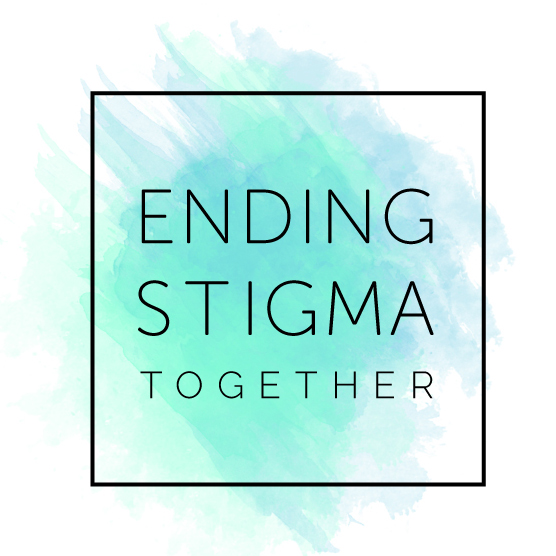

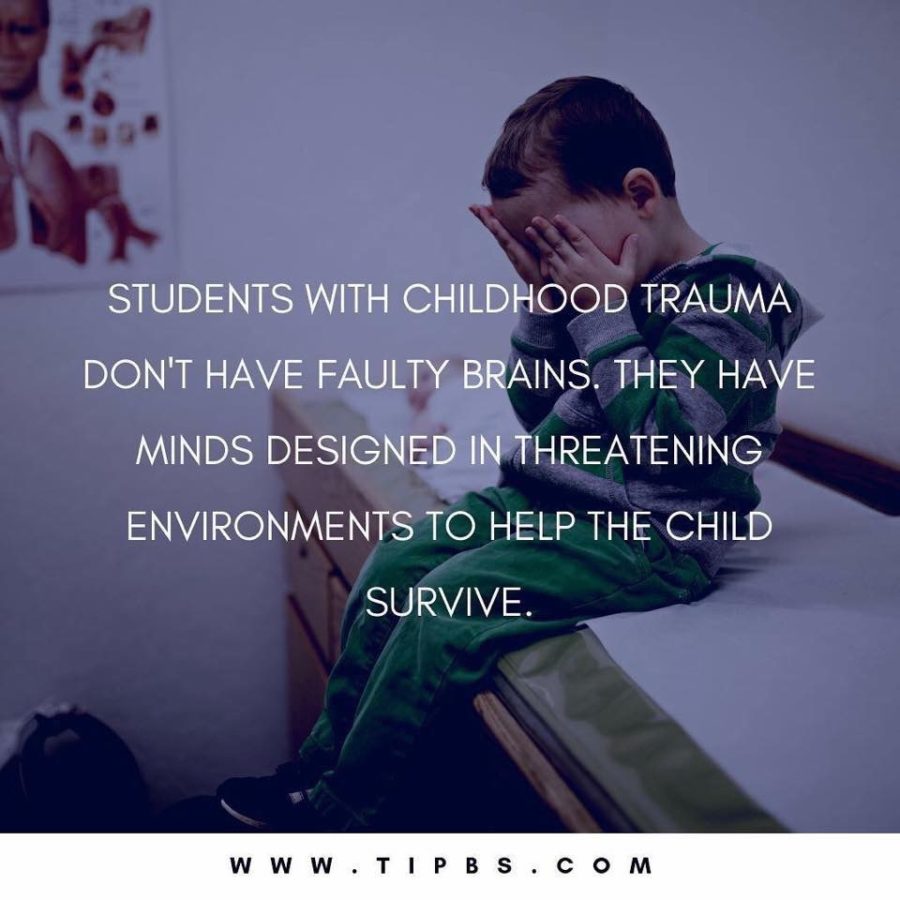






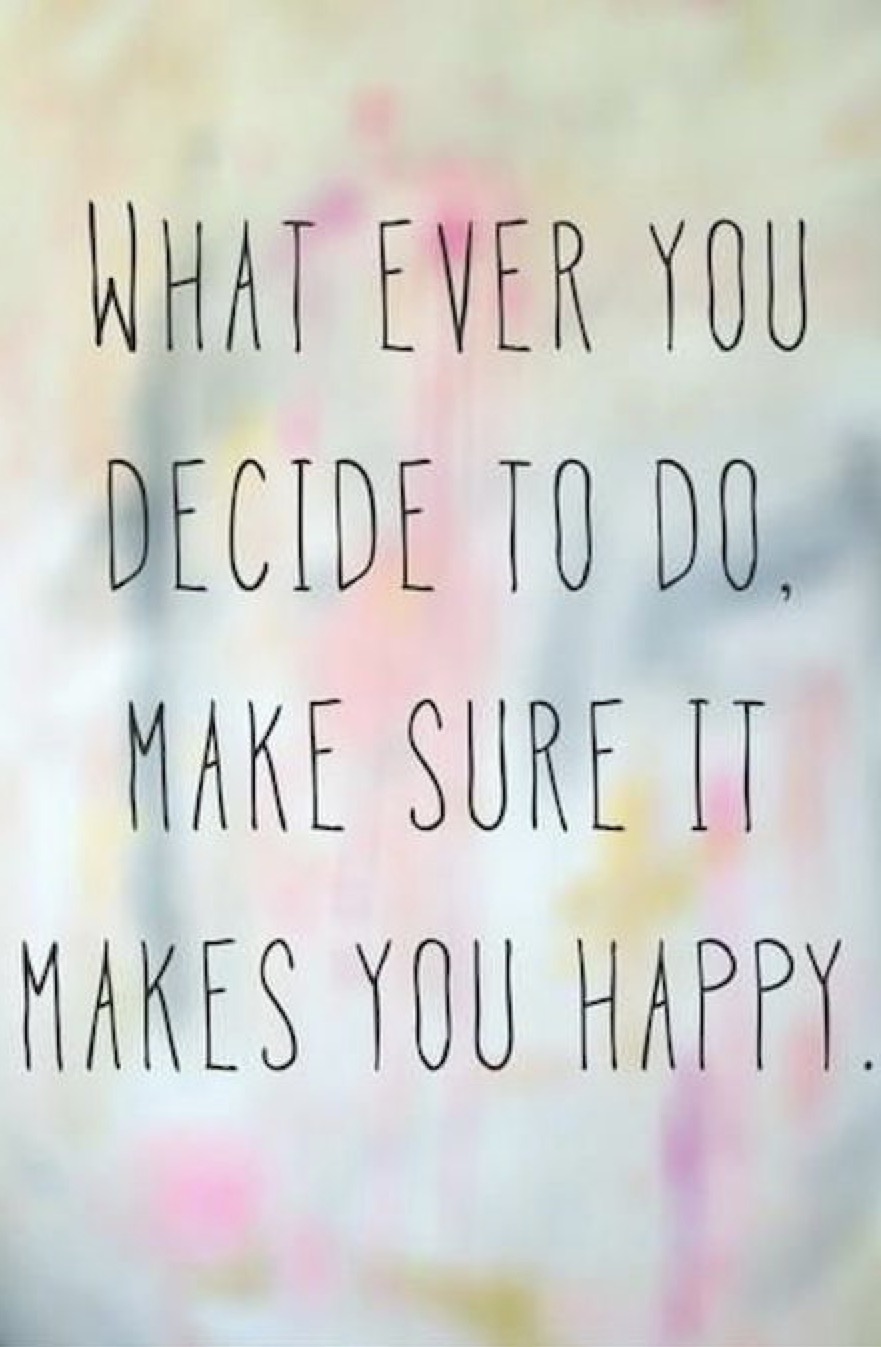



 Meditate or Pray
Meditate or Pray Take a day
Take a day
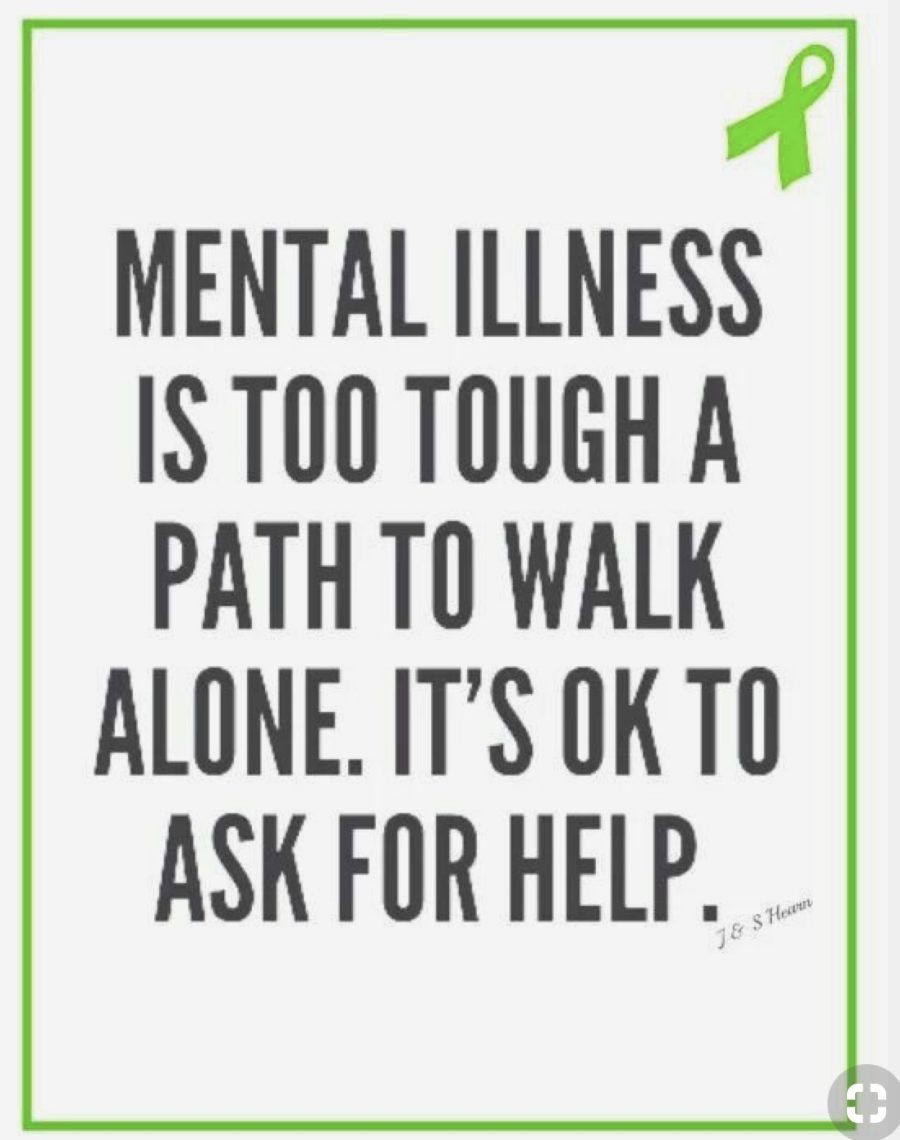
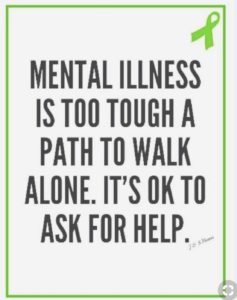 Why is it so hard for so many of us to ask for help when we are struggling? We hesitate to discuss
Why is it so hard for so many of us to ask for help when we are struggling? We hesitate to discuss
 An elephant on my chest. Weights on my legs. A lump in my throat. Tears in my eyes. Walking through deep water. A mind that is blank.
An elephant on my chest. Weights on my legs. A lump in my throat. Tears in my eyes. Walking through deep water. A mind that is blank.